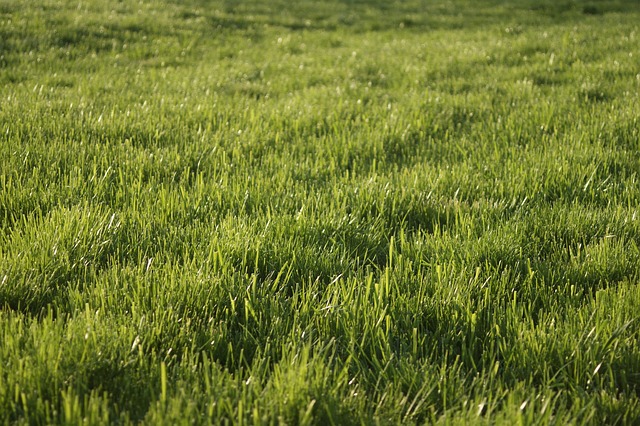Lawn fertilization and weed control are crucial aspects of Lawn Care and Landscaping, keying in on lush, healthy grass. Fertilization involves introducing essential nutrients through various types for optimal growth and resilience (based on grass species, climate, and soil analysis). Effective weed management tackles issues like poor soil quality or overwatering with chemical and organic solutions—selective herbicides and organic matter like compost—for a vibrant, attractive lawn that stands out in the landscape. A strategic blend of fertilization and targeted weed control is key to achieving pristine, vibrant yards through customized approaches and optimal application times.
“Transform your lawn into a lush, vibrant oasis with expert guidance on lawn fertilization and weed control. This comprehensive article explores the fundamentals of nourishing your grass, including essential nutrients and timing. We delve into effective strategies for suppressing weeds naturally and chemically, ensuring a healthy, weed-free environment. Discover how integrating these practices can enhance your overall lawn care and landscaping efforts, providing tips to achieve optimal results and create a stunning outdoor space.”
- Understanding Lawn Fertilization: The Basics
- Effective Weed Control Strategies for a Healthy Lawn
- Integrating Fertilization and Weed Control for Optimal Lawn Care and Landscaping
Understanding Lawn Fertilization: The Basics

Lawn fertilization is a fundamental aspect of lawn care and landscaping, ensuring lush, green, and healthy turf. Understanding the basics is crucial for any homeowner or gardener looking to maintain an attractive outdoor space. The process involves introducing essential nutrients into the soil to promote grass growth and overall lawn health. These nutrients are typically derived from fertilizers, which come in various forms, including granular, liquid, and organic options.
By applying the right type and amount of fertilizer at optimal times throughout the year, you can encourage robust root development, enhance color, and improve the overall resilience of your lawn. It’s essential to consider factors like grass species, climate, and soil analysis to determine the specific fertilization schedule and product suitable for your lawn care and landscaping needs.
Effective Weed Control Strategies for a Healthy Lawn

Maintaining a lush, green lawn free from weeds is an essential part of professional lawn care and landscaping. Implementing effective weed control strategies not only enhances the aesthetics but also ensures your grass receives optimal nutrients for healthy growth. One of the surest ways to achieve this is by understanding the root causes of weed infiltration. Weeds often thrive in areas with poor soil quality, inadequate sunlight, or overwatering – conditions that can be addressed through targeted amendments.
For a comprehensive approach, integrating both chemical and organic solutions offers the best results. Selective herbicides can be used to eliminate specific weeds while preserving the health of your grass. Alternatively, applying organic matter like compost or wood chips not only suppresses weed growth but also improves soil structure and fertility over time. Combining these methods creates a robust defense against invasive plants, contributing to a vibrant and healthy lawn that stands out in any landscape.
Integrating Fertilization and Weed Control for Optimal Lawn Care and Landscaping

In the realm of lawn care and landscaping, a strategic approach to fertilization and weed control is paramount for achieving lush, vibrant yards. Combining these two essential practices offers synergistic benefits, optimizing the overall health and aesthetics of your lawn. Fertilization provides necessary nutrients, fueling grass growth and promoting deep root development, while weed control prevents unwelcome intruders from stealing resources, ensuring a healthy competitive environment for your desired turf.
Effective integration involves selecting fertilizers tailored to your lawn’s specific needs based on soil testing, and applying them at optimal times to maximize nutrient uptake. Concurrently, implementing targeted weed control methods, such as manual removal or selective herbicides, allows for precise management without compromising the environmental balance. This holistic approach not only enhances the beauty of your landscape but also cultivates a robust, resilient lawn capable of withstanding challenges from both within and without.
In conclusion, mastering lawn fertilization and weed control is paramount for achieving and maintaining a lush, healthy yard. By understanding the fundamentals of fertilization, adopting effective weed management strategies, and seamlessly integrating these practices into your lawn care and landscaping routine, you can transform your outdoor space into a vibrant, inviting oasis that enhances your home’s beauty and value. With consistent care and attention, your lawn will thrive, becoming the envy of the neighborhood.
